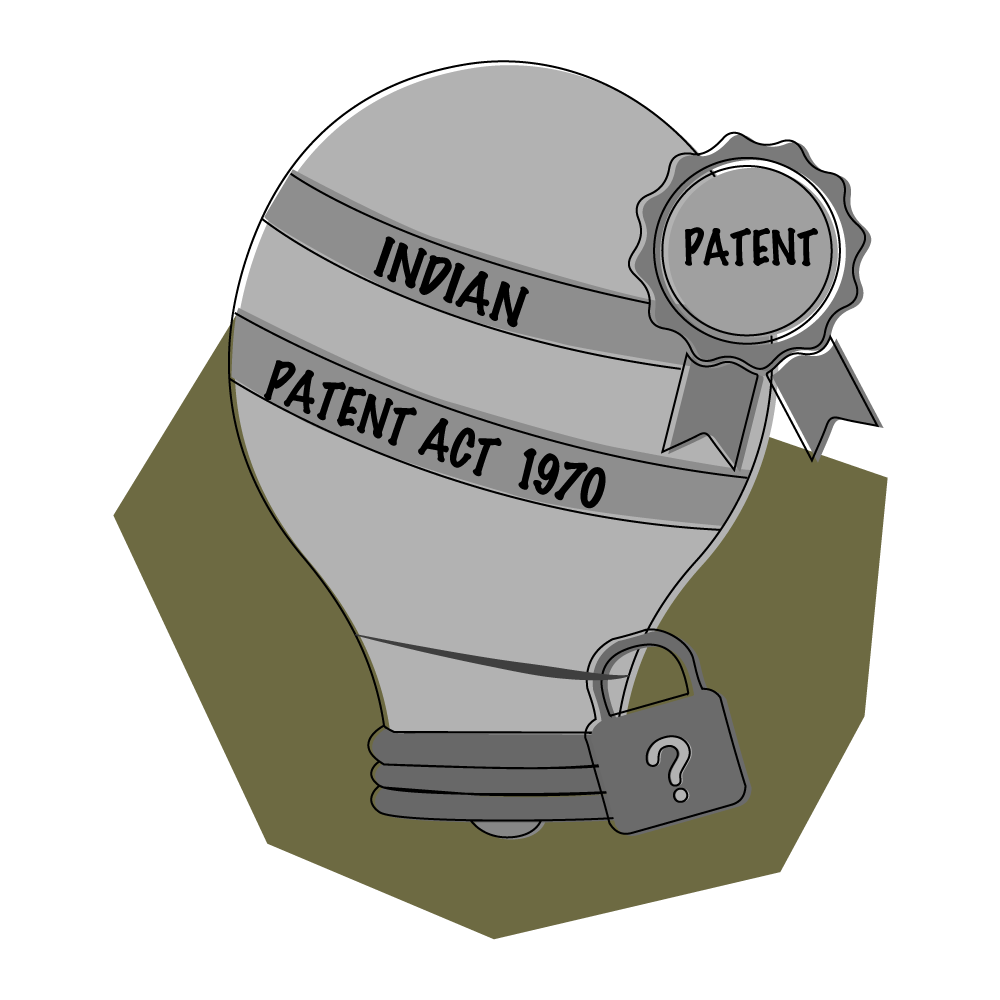Secrecy of Inventions

In the simplest form, Patent is described as an exclusive right granted for an invention, which is either a product or process giving new resolutions to problems from a technical front. In a lot of cases, inventions are to be utilized for secretive purposes, such as Military Applications. In such cases, there arises a necessity to safeguard classified or sensitive information that may arise from the public disclosure of such patents to prevent any possibility of a breach of national security. This gave rise to the concept of ‘Secrecy Orders’ wherein Governments can pass such orders to restrict sensitive information that may be present in such patent documents.
The United States saw the first occurrence of such orders during World War I, when Congress gave the United States Patent and Trademark Office permission to group some patent applications into a distinct category known as “defense-related” patents. At first, the statute only applied to the years of World War I, vide the Invention Secrecy Act, 1951. The aim of the Act was to prevent disclosure of inventions or technologies if the information provided in the patent posed as a threat to the national security of the United States. However, in preparation of the US entering World War II, the Act was passed in October 1941. This saw over 11,000 applications being classified as confidential vide, secrecy orders. Additionally, notices were sent to inventors in order to limit their ability, for security reasons, to disclose details about their inventions or file patent applications abroad.
In India, the law governing Patents is the Patent Act, 1970. The concept of Secrecy of Inventions is dealt under Chapter VII (Section 35 to 42) of the Act. In this context the term Secrecy of direction relates to the limitations that are imposed on the disclosure of patents. These directions are implemented since the inventions developed are used for military and defence purposes. Therefore it is necessary to safeguard this information to protect the national security of a nation. The secrecy directions for inventions used for defence related activities is governed under Section 35. The Controller is provided power through this provision of law to order any publication of an invention as prohibited or restricted. During the course of the term that the confidentiality requirements are in effect, no patent may be issued, and specifics of the invention may not be made public. An order issued under this chapter cannot be appealed, and all decisions made by the Central Government are binding and cannot be challenged in a court of law.
Section 36 provides that the secrecy directions as given must be periodically reviewed every six months or on request of an applicant, so as to determine whether such directions continue to remain relevant at that time. The applicant will be informed within a course of 15 days once reconsideration is completed. Section 37 states that the Controller may not issue an order denying the patent while the confidentiality instructions are in effect. It is not possible to appeal against the Controller’s decisions in this matter. The application may move forward all the way to the point where the patent is granted, but if the application and the specification are deemed to be eligible for grant, no patent will be issued in accordance with that application and neither will they be published.
Section 39 deals with the application of patents outside India. It is crucial that an applicant who resides in India but wishes to submit a patent application abroad either submits an application to the Indian Patent Office and waits six weeks to hear back on any objections, or obtains permission from the Indian Patent Office to submit a patent application abroad. It is pertinent to note that, in accordance with The Patent Cooperation Treaty ( PCT) and the Paris Convention, Indian citizens may submit a patent application abroad before submitting one in India, but they must first get a foreign filing authorization from the Controller.
This possibility is guarded against, and Section 39 of the Indian Patents Act (which deals with residents not applying outside India without authorization) ensures that the Controller has adequate information about all innovations before an application may be made outside India. Civil obligations under Section 40 of the Act result from violations of Section 39’s directives. In addition to abandoning the patent application or revoking the patent even if it has already been granted, violating the rules under Sec. 39 may result in criminal penalties under Sec. 118 of the Act. In addition to the aforementioned provisions, Section 157 A of the Patents Act, 1970 gives the central government the authority to prevent disclosure of any information relating to any patentable invention or any application relating to the grant of a patent under this Act that it considers detrimental to the interest of security of India and to take any actions, including revoking any patents, that it deems necessary in the interest of security of India by issuing a notification in its official gazette.
These penalties include up to two years in prison or a monetary punishment imposed on the inventor. Section 42 deals with the savings respecting disclosure to Government wherein the Controller may disclose information regarding an application or a specification filed to the Central Government even if a secrecy direction has been imposed on the application and such application is not permitted to be disclosed. This is done for the purpose of the application or specification being examined to determine whether a secrecy direction should be made or whether an order already made should be revoked.
The procedure for application of such secrecy directions begins with the Controller of Patents’ statement where he designates that such an invention falls under the ambit of Section 35. It is post this stage that the applicant is restricted from disclosing or sharing information about the patent to any other party. The application is subsequently forwarded to the Central Government for review purposes. In case the Central Government agrees with the decision of the Controller, the limitations will remain in effect. However, the Central Government can also order the relaxation of such limitation if it deems fit. The Central Government or any other party as specified by the Central Government may use the invention while considering the patent application as a granted patent when the secrecy directives are in place. In addition, the Central Government may fairly compensate the patent applicant by evaluating the invention’s originality, usefulness, and intended use if it determines that the patent applicant suffered as a result of the secrecy requirements on the patent application.
The truth of the matter is, the imposition of secrecy directions restrict inventors from claiming the normal course of rights provided by the Patents Act, however, it must be understood that the primary objective of such provisions is to protect and preserve state sovereignty and national security. Considering that most of the battles today are fought on the technological front, it makes sense to have regulations that limit or eliminate the disclosure of information pertaining to technology that can pose a potential threat to the nation, if it ends up in the wrong hands. Nevertheless, there are certain issues relating to Indian resident inventors who are employed at multinational organization along with nationals of other countries that need to be resolved. It can occasionally be difficult to impose the requirement of first filling in the country of origin in such joint creative endeavours that involve many countries.
It would be impossible to comply with national demands for confidentiality if every patent jurisdiction makes such a demand. The question of imposing confidentiality directives in such situations must be resolved immediately. It goes without saying that, in order to submit a patent application, all inventors regardless of their nationality would have shared the application information. In order to properly solve this problem, more exceptions under section 39(3) need to be included. However, Indian resident inventors are required to keep their innovations a secret until the secrecy orders are in effect, pending the addition of such exceptions. The benefit of Indian legislation is that patents will be retained in a grant-ready state without being made public. The inventors who had troubles as a result of the implementation of the secrecy direction may make a claim to seek compensation by way of solatium for the hardships experienced owing to the secrecy directions’ continued enforcement.

